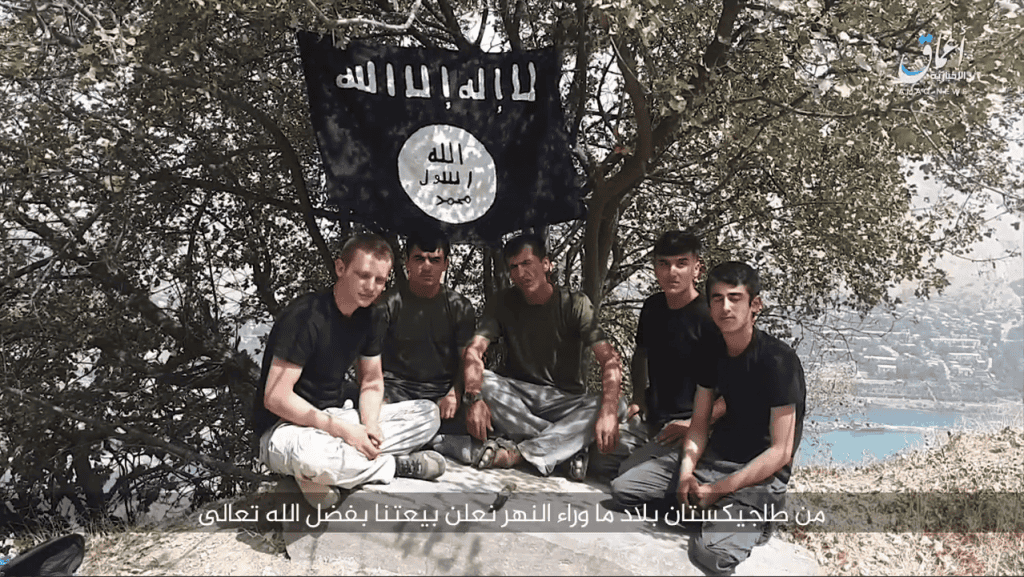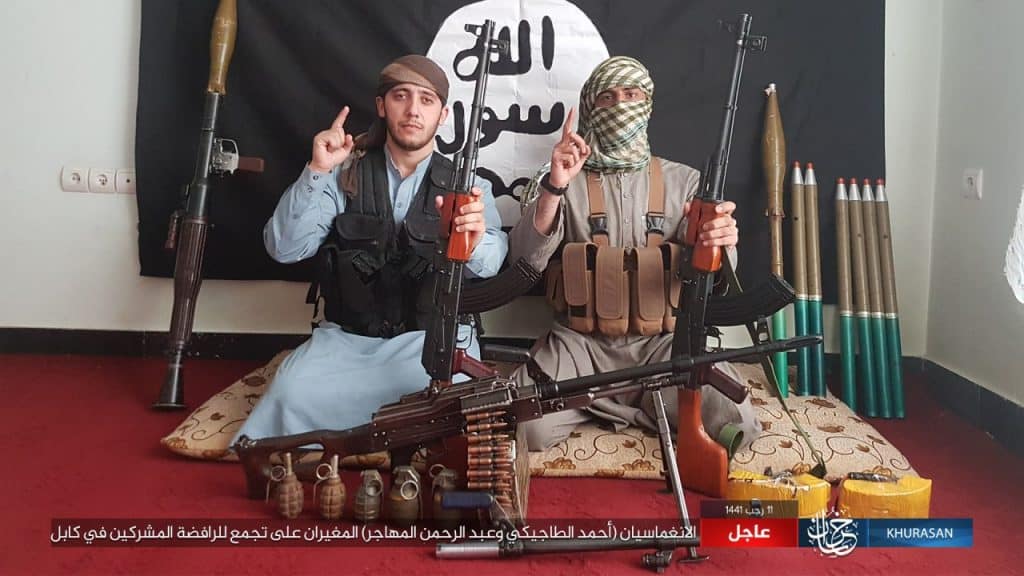
Last week, German authorities announced the arrests of four alleged Islamic State members. The suspects — identified as Azizjon B., Muhammadali G., Farhodshoh K. and Sunatullokh K. — are accused of planning attacks on U.S. military facilities and personnel. All four are from Tajikistan, a country the former caliphate has long targeted for recruiting purposes. And the recent arrests highlight the global dimension of this Central Asian network.
According to a report by the Associated Press, German prosecutors say the quartet joined the Islamic State in Jan. 2019, well after the peak of the group’s strength. Their ringleader, another Tajik identified as Ravsan B., was jailed in Mar. 2019. But this didn’t stop their plotting. The accused first considered an attack inside their home country, but then shifted their attention to U.S. Air Force bases and “a person they deemed critical of Islam.” Their plot was allegedly financed with $40,000 Ravsan B. received for an aborted assassination in Albania.
The AP reports that the cell members “are alleged to have been in contact with two high-ranking ISIS figures in Syria and Afghanistan.” If this is verified, then ISIS has retained a command and control structure that is still capable of influencing or directing international plots — even though the organization’s plans are routinely foiled.
The role of Tajiks in this purported plot is noteworthy. The Islamic State has had cells in Tajikistan for years, while also recruiting Tajiks to fight in Afghanistan.
On July 29, 2018, five young men, or adolescents, drove their vehicle into foreign cyclists. They then jumped out of the car and started stabbing the cyclists with knives – killing four people, including two Americans. Islamic State members and followers have executed similar operations everywhere from Ohio to London.
Shortly afterwards, Amaq News Agency, the so-called caliphate’s daily reporting shop, released a video of the youth swearing allegiance to Abu Bakr al-Baghdadi before their hour of attack. The video followed the same format as numerous others produced by Amaq after terrorist operations around the globe.

One year later, in July 2019, a UN expert monitoring team released a report that documented the Islamic State’s efforts to recruit a base of Tajiks in Afghanistan. UN member states identified one Tajik, Sayvaly Shafiev (also known as “Mauaviya”), as a senior member of the Islamic State’s Khorasan branch (ISIS-K). At the time, Shafiev was assessed to be operating in the Nangarhar province of Afghanistan, where he led a “contingent of approximately 200 fighters” from Central Asia. Shafiev also served on the ISIS-K’s “leadership body, or shura” council. The UN report’s authors also noted that Shafiev was recruiting “Tajik fighters” while raising “funds using online propaganda in the Tajik language.”
Ethnic Tajiks have carried out terrorist operations inside Afghanistan. For instance, on Mar. 6 of this year, ISIS-K assaulted a memorial service in Kabul for Abdul Ali Mazari, an ethnic Hazara leader who was killed by the Taliban in 1995. Dozens were killed or wounded in the terrorist attack. ISIS-K identified one of the two terrorists responsible as Ahmad al-Tajiki – an alias indicating his Tajik nationality.







